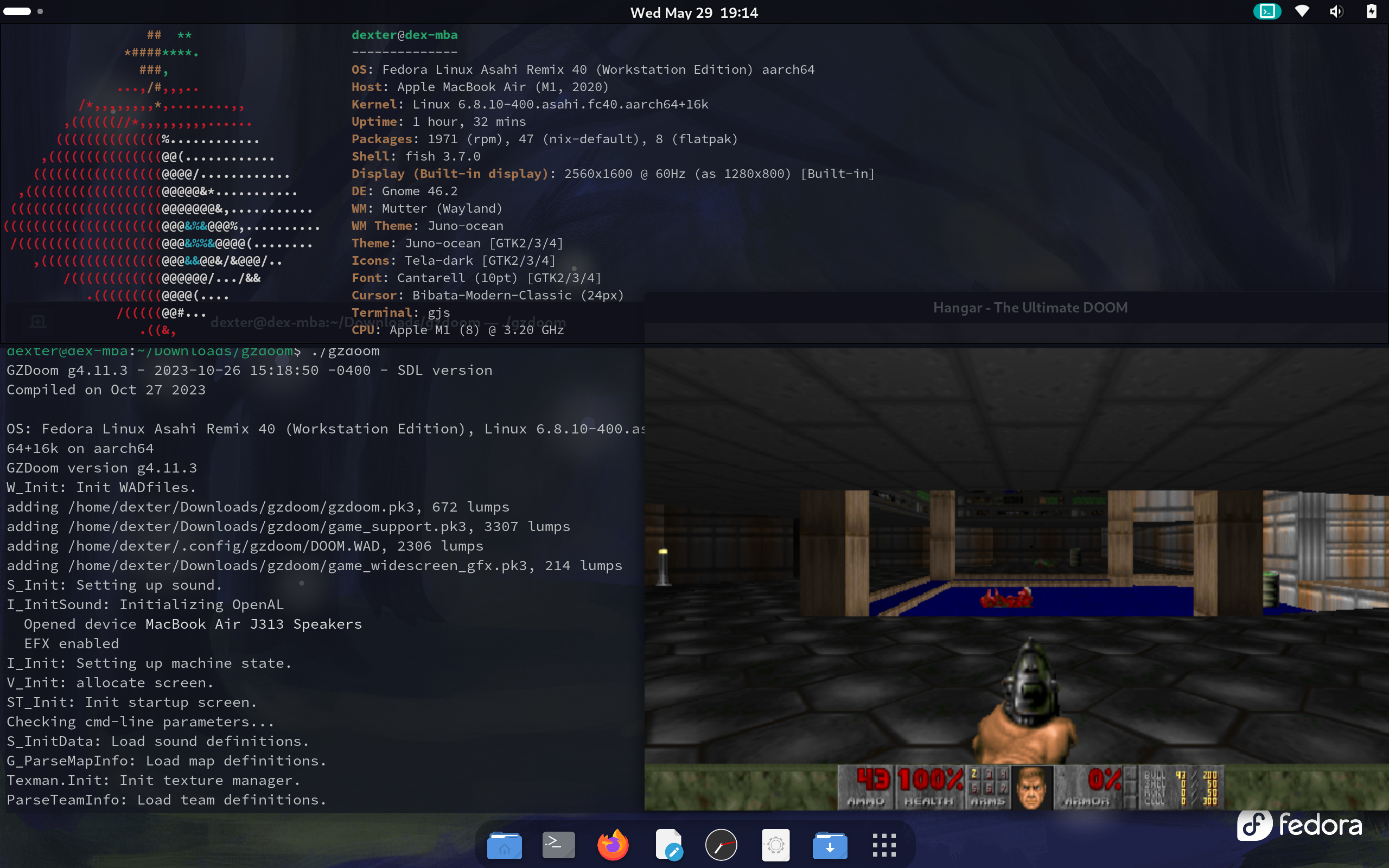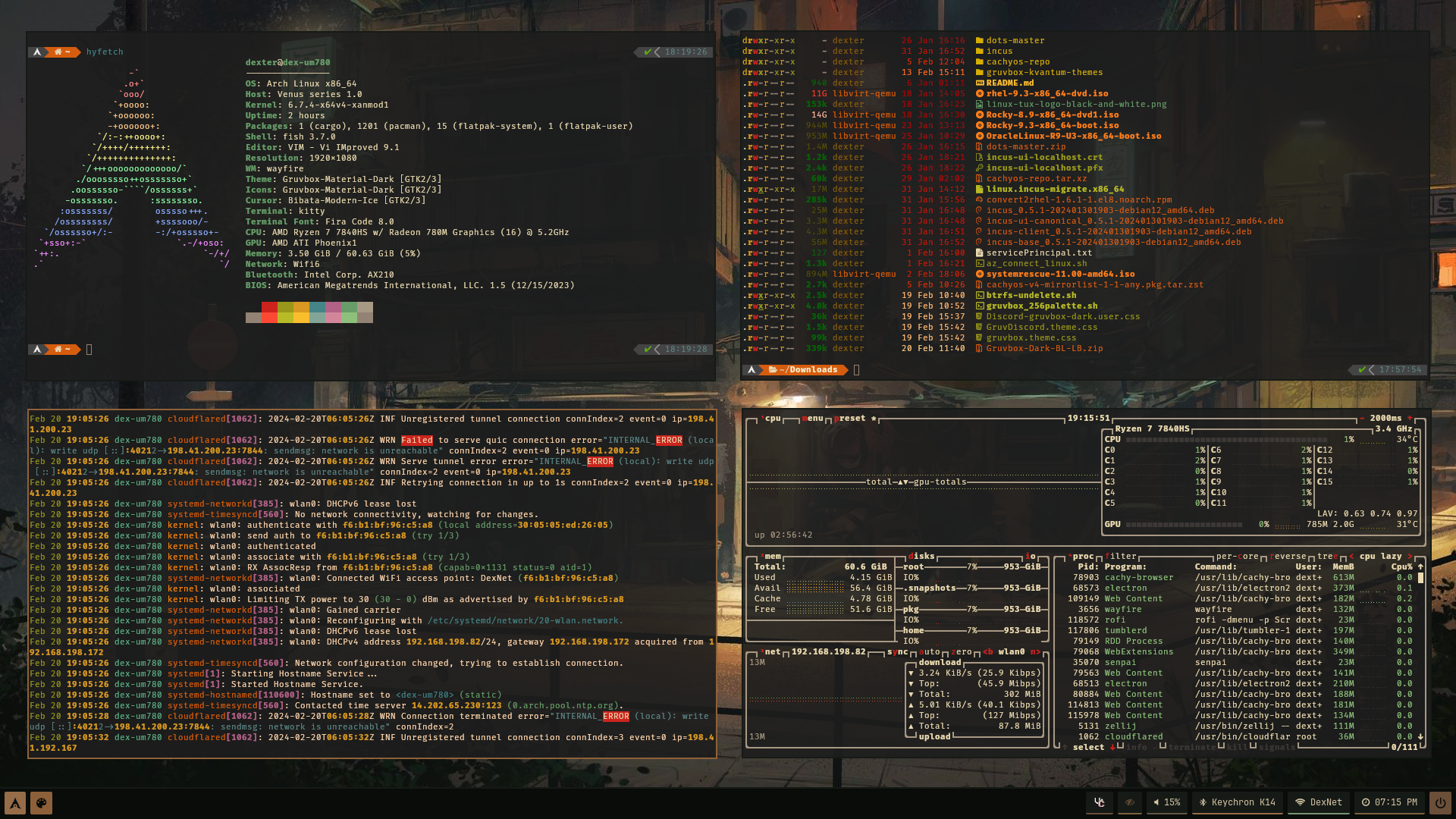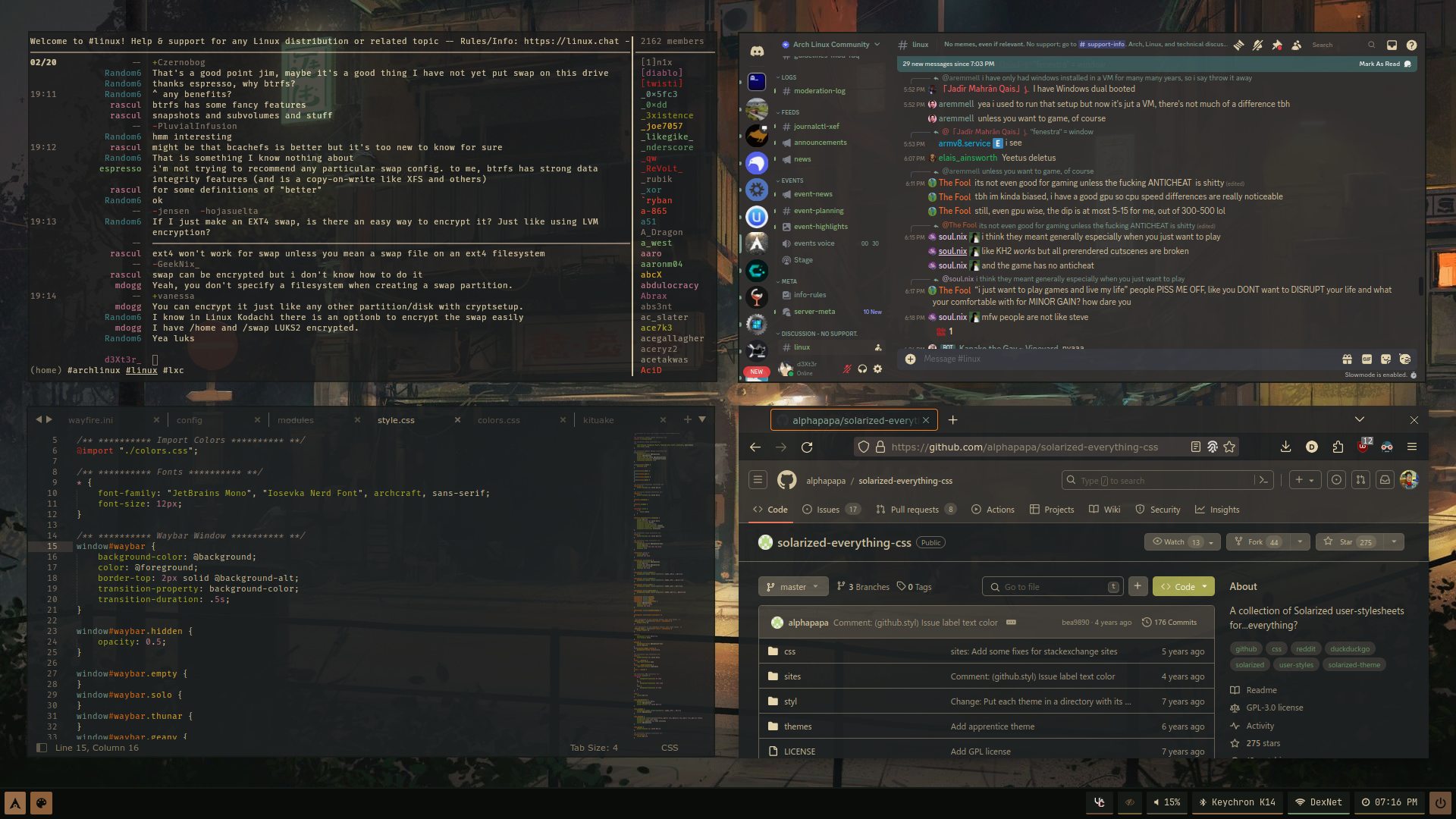The problem is that games don't run at all or require major effort to run without issues.
A major cause for that is the distro - when it comes to gaming, the distro makes a huge difference as I outlined previously. The second major cause is the flavor of Wine you chose (Proton-GE is the best, not sure what you used). The third major cause is checking whether or not the games are even compatible in the first place (via ProtonDB, Reddit etc) - you should do this BEFORE you recommend Linux to a gamer.
In saying all that, I've no idea about pirated stuff though, you're on your own on that one - Valve and the Wine developers obviously don't test against pirated copies, and you won't get much support from the community either.








 -
-
You should still have the previous package in your cache right? If so, extract that and the current package, and then compare the two folders to see what's changed -
meldis a good tool for that.